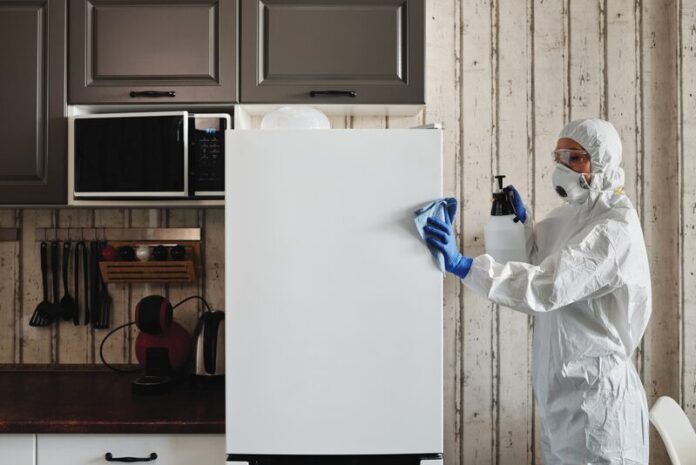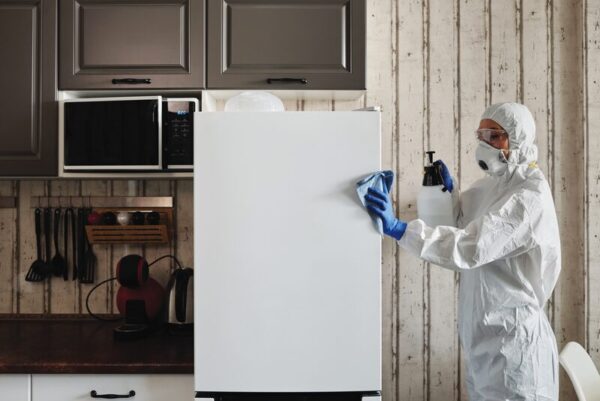
MOULD thrives in damp, poorly ventilated areas and reproduces by making spores. When airborne mould spores land on damp spots indoors, they can begin to grow and spread.

Mould is dangerous for yours and your family’s health; it can trigger nasal congestion and symptoms like sneezing and coughing. Those with weakened immune systems, allergies, asthma or lung diseases are particularly susceptible to mould exposure.
Flooding, excess moisture and pooled water are the perfect conditions for mould growth. If your home has been flooded for more than two days, if mould or water damage are visible, or there’s a strong musty odour, you should assume that your house is contaminated with mould.
The more extensive the contamination, the greater the risk of exposure during clean-up. Consider using professional cleaners if the affected area is large. Seek advice from your insurance company before starting clean-up, including the disposal of water or mould-damaged items.
If you decide to remove mould yourself, ensure there is good ventilation and wear protective clothing such as a shower cap, rubber gloves, eye protection, overalls, suitable footwear and a P1 or P2 face mask (available from your hardware store).
For information on how to clean and remove mould, visit www.betterhealth.vic.gov.au





